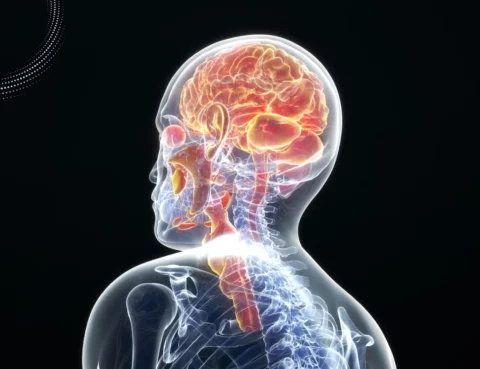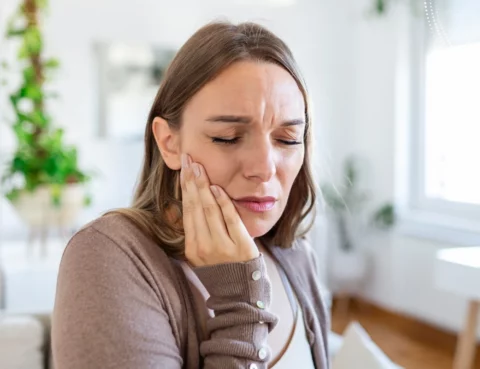
Heart attacks are severe cardiologic diseases provoked by an acute insufficiency of blood circulation to the heart muscle. And it leads to damage or cardiac muscle cell death. There are three common kinds of heart attacks: One of the most common types is ST-elevation myocardial infarction (STEMI). It occurs when a coronary artery is completely…

Neurology and psychology are various branches of medicine. They bargain with different sorts of human well-being issues. Neurology centers on the conclusion and treatment of maladies influencing the nerves. And psychology deals with understanding and treating psychological problems and behavioral disorders. In general, the difference between neurological and psychological is: Neurology deals with the diagnosis,…

Huntington’s disease is an inherited genetic neurodegenerative brain disease with delayed manifestation. That is, the person inherits the mutant gene. But the manifestation of the disease itself can occur in each person at different ages. It means that the carrier or sick parent can have healthy or sick children. A genetic mutation that affects the…

Trigeminal neuralgia is a chronic ache condition. It affects the trifacial neuron. It handles transmitting sensations from the face to the brain. The ache can occur due to various activities, such as brushing teeth, talking, or eating. The condition is more common in women than men and usually occurs after age 50. The exact cause…

Forgetfulness, loss of concentration, and the like can happen to anyone. And it happens regardless of human age. Such problems are associated with memory loss. It can be due to a variety of factors. It includes aging, stress, medical conditions, and lifestyle choices. And the most important thing, in this case, is to take medicine…

Tourette Syndrome is a neurological condition. It’s characterized by repetitive, involuntary movements and vocalizations known as twitches. They can range from mild to severe. They also impact a person’s daily life, including work and relationships. TS is often associated with children. But around 10-15% of individuals with TS experience signs in adulthood. Tourette Syndrome in…

Post-traumatic stress disorder is unique in the Diagnostic and Statistical Manual of Mental Disorders. That’s because for physicians to diagnose, they need to expose the person to trauma. For this reason, PTSD and memory issues are often called “trauma-related anxiety disorder.” But memory changes represent such a central part of the symptom picture. So some…

The spine is a crucial component of the human body. It supports the body’s weight and protects the spinal cord. But, several conditions can affect the spine, including spinal protrusion. The spinal protrusion, also known as a herniated disc or slipped disc, is a medical condition. In it, the outer ring of an intervertebral disc…

A hemifacial spasm is a unilateral involuntary painless contraction of one muscle. It can also affect several groups of facial muscles. Most often, the disorder begins with a twitching of the circular muscle of the eye and passes to half of the face. The diagnosis of hemifacial spasm is simple. The entire half of the…

A hemifacial spasm is segmental myoclonus of the muscles. The disease occurs between the ages of 50 and 60. It almost always occurs on one side. Although doctors sometimes see bilateral involvement in severe cases. Face twitching usually begins with short clonic movements of the circular eye muscle and, within a few years, spreads to…
